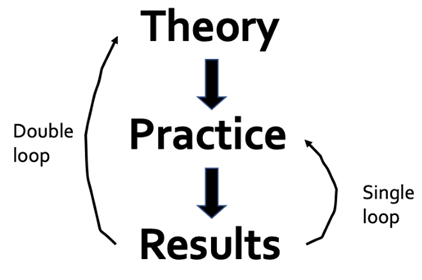Posted by Whistler 450 words

I was at a meeting recently where officers were discussing who is responsible for different maintenance activities. They had developed a ‘demarcation information guide’ for the managers of facilities so that they could try and work out who to contact for different maintenance tasks. It told you who looked after fences, paths, lights, floor coverings, broken windows, etc. It started me thinking about local government’s penchant for boundaries (nobody suggested that an alternative could be service integration).
I think we like to set boundaries because it lets us focus on what is special about ourselves as a point of differentiation from other local governments. I once worked at a council where the CEO said that we should act as though the world ended at the municipal boundary. We were different to everyone else. He said to imagine that if you left the municipality you would fall off the edge of the world. As a leadership ‘device’ it certainly focussed attention on the municipality. It was a simple and effective way to differentiate the council – pretend there is nowhere else!
This approach reinforces the view that each council is ‘special and different’, rather than accepting that we have more in common than we have that is different . This view is evident when councils are reluctant to share systems or services. In Victoria we resisted municipal amalgamations and many councils still complain about them. I think it is part of our culture to resist ideas from outside our sector or organisation. This creates a safe and reliable place.
We also like interfaces. If we didn’t, why would we design our organisations around town planners, engineers, social workers and accountants? The functional structure of councils creates lots of interfaces between units, departments and divisions in the processes that actually deliver services. It is these interfaces that result in service failure and the resultant ‘failure demand’ identified by John Seddon. Work flows across interfaces, not up and down within silos.
And thresholds abound. There are the tiered levels of authority delegated by the CEO. The typical council ‘command and control’ structure, so criticised by John Seddon, puts in place lots of hierarchical thresholds. We have entry levels for employment. Anyone unsuccessful in applying for a senior role will be familiar with the response ‘we had other applicants already at the required level’ when you seek feedback. We like to employ people based on what they have done rather than what they can do. Suppliers and contractors who are new to local government struggle to get a customer. Once you have worked for a council, the others will open their doors. Getting the first council is the hard bit.
I think that the attachment to boundaries, interfaces and thresholds comes from our desire to limit things – the extent of our responsibilities; the extent of authority; the amount of risk we will take.










